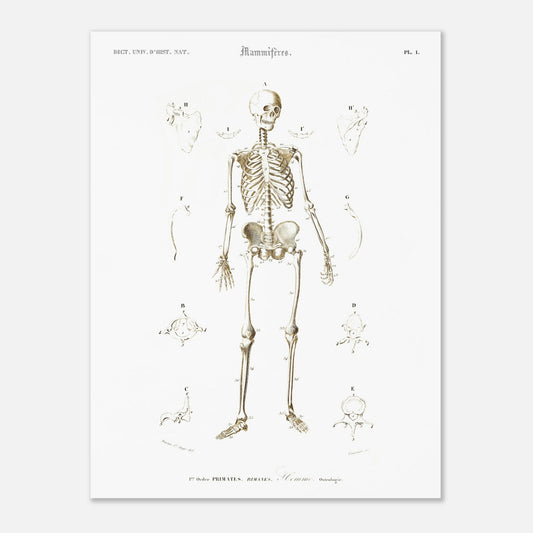Collectible printed poster, ideal for enhancing a decoration inspired by nature - Osteology of Man by Charles d'Orbigny
Collectible printed poster, ideal for enhancing a decoration inspired by nature - Osteology of Man by Charles d'Orbigny
Couldn't load pickup availability
Reproduction engraving of: Osteology of Man
Illustration taken from the Universal Dictionary of Natural History, written under the direction of Charles Henry Dessalines d'Orbigny (1806-1876) and published from 1841 to 1849.
This work, considered one of the major achievements of the 19th century in terms of scientific synthesis and quality popularization, wonderfully illustrating the great beauty and impressive diversity of the biological world, was supplemented by a certain amount of scientific information, some extracts of which are reproduced below.
Important note: the scientific classification elements of the time have been preserved as they are and may of course be obsolete today.
Scientific classification and description of the species present in the engraving:
Class of Mammals
Subclass of Men
Human Osteology
Fig. A. Entire human skeleton.
No. 1 to 7, the seven cervical vertebrae.
7 to 19, the twelve dorsal vertebrae,
19 to 24, the five lumbar vertebrae.
24, the termination of the spinal column, the sacrococcygeal vertebrae, nine in number; five for the sacrum, four for the coccyx.
8, the sternum.
10, the clavicles.
11, the fork of the sternum.
12, the xiphoid appendage.
13, the last four false ribs, called floating ribs.
14, the shoulder blades.
15, 15', the humerus of each arm.
16, 16', the ulna on each side.
17, 17', the radius.
18, the carpus or wrist.
20, the anterior end of the ribs uniting with the costal cartilage.
21, the ribs.
22, the metacarpal bones.
23, the phalanges of the fingers.
25, 25', the subpubic hole on each side.
26, the coxal bones.
29, the symphysis of the pubis.
30, the femur on each side, forming the thigh.
31, the greater trochanter, located below the neck of each femur.
32 and 32', the lesser trochanter.
33, the kneecap on each side, forming the knee.
34, the tibia on each side.
35, the internal malleolus located at the lower end of each tibia, and receiving, in an articular cavity, the bone of the foot called the astragalus.
36, the fibula of each leg.
37, the tarsal bones of each foot.
38, the metatarsal bones.
Fig. B. The first cervical vertebra, or ATLAS.
No. 1, the vertebral or spinal hole which provides passage for the spinal cord.
2, the body of the vertebra, not very pronounced in this vertebra.
3, the spinous process, rudimentary in this vertebra.
4, the transverse processes, voluminous in this vertebra, and pierced with a hole at their base, like the transverse processes of all the cervical vertebrae.
7, the articular facets from which the transverse processes and part of the vertebral body are hollowed, intended to receive the condyles of the occipital, that is to say to support the head.
Fig. C. The second cervical vertebra, or AXIS.
No. 2, 3, 4, as in the previous figure.
6, the odontoid process, a kind of pivot around which the head turns, and constituting the distinctive character of this vertebra.
Fig. D. A dorsal vertebra.
No. 1, 2, 3, 4, as in the two previous figures. We see on the transverse process (4) an articular surface intended to receive that of the rib.
5, the upper processes serving to join the vertebra to the one preceding it.
6, the articular fossae dug on the lateral parts of the body of the vertebra, for the articulation of the ribs, and especially characterizing the dorsal vertebrae.
Fig. E. A lumbar vertebra.
No. 1, 2, 3, 4, 5, as in the previous figure.
Fig. F. One of the first ten ribs.
No. 9, the articular surface located near the neck of the rib, and corresponding to the facet of the transverse processes of the dorsal vertebrae. (See fig. D, 4.)
Fig. G. One of the eleventh or twelfth ribs.
These ribs differ from the previous ones by the absence of a neck properly speaking, the absence of a groove, and their head provided with a single flattened articular facet.
Fig. H and H'. The right shoulder blade seen from its two sides.
No. 1, dorsal face and costal face.
2, the scapular spine directed obliquely, dividing the posterior surface into two regions: the upper one, called the supraspinous fossa; the lower one, the infraspinous fossa. The spine ends superiorly in the acromion process, which articulates with the clavicle.
3, the coracoid process.
4, the articular surface, or glenoid cavity, by which the scapula articulates with the arm.
Fig. I and I'. The hyoid bone seen from its two surfaces.
For details and for parts that have not received order numbers in the plate, see the Skeleton article.
About this print
About this print
The layout and composition of this reproduction have been the subject of our greatest attention.
- Respect for the format of the original work: in order to faithfully transcribe the artist's intention, the work is not cropped/re-cut except in extreme cases (obvious imperfection, geometry problem, etc.) in which case the cropping will be as light as possible.
- The presence of white margins is sometimes necessary in order to present the work in a balanced manner.
- Each size offered has been specifically composed, therefore, the size of the white margins may vary from one print size to another. Remember to check this detail carefully!
- Print only, frame not included!
Features
Features
- Premium 200gsm matte white paper, durable and strong.
- Natural, smooth uncoated finish, silky to the touch
- FSC certified paper or equivalent certifications depending on regional availability.
- Each print is shipped in sturdy packaging, ensuring safe transport.
- Each print is printed and shipped on demand. No minimum order quantity is required.
Share !
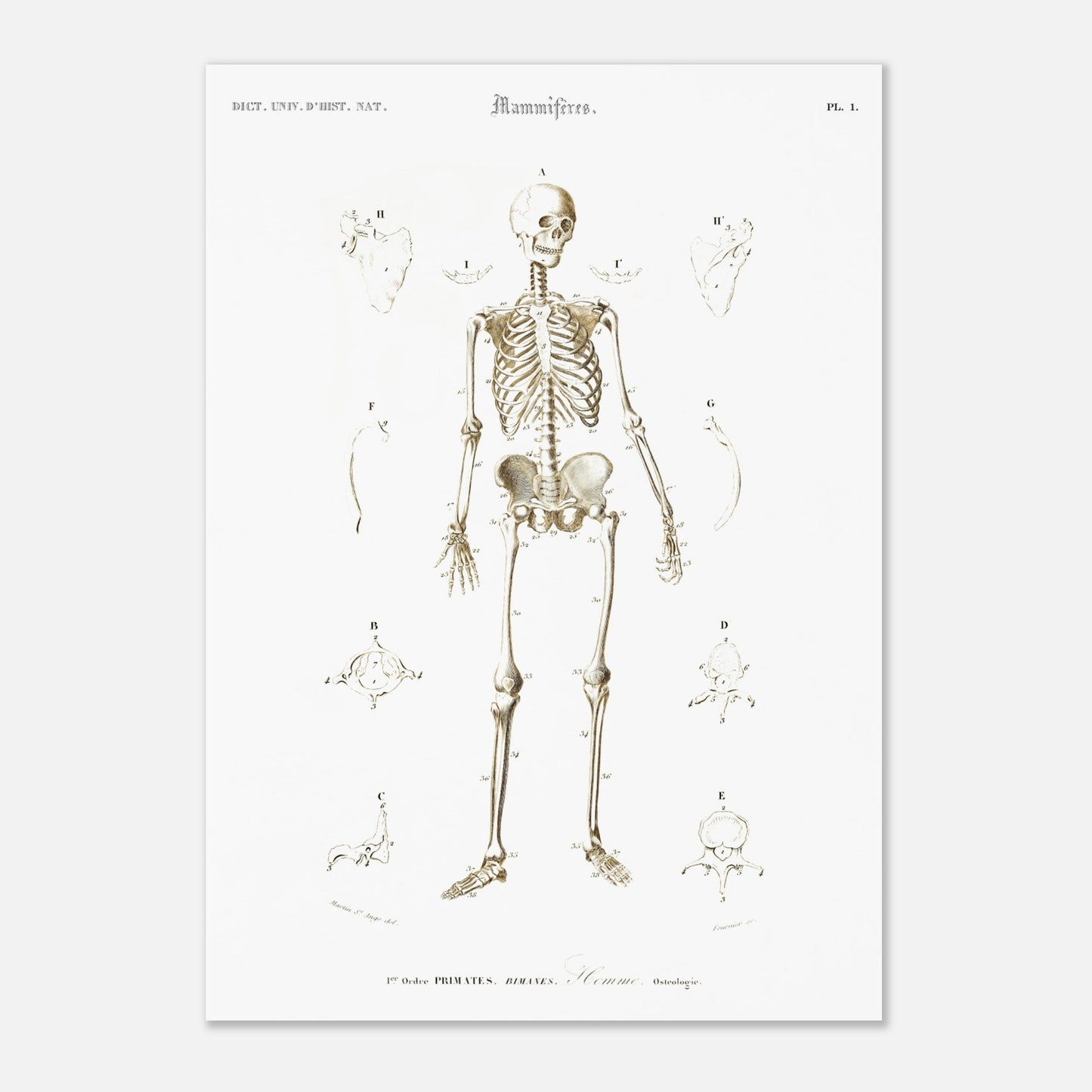
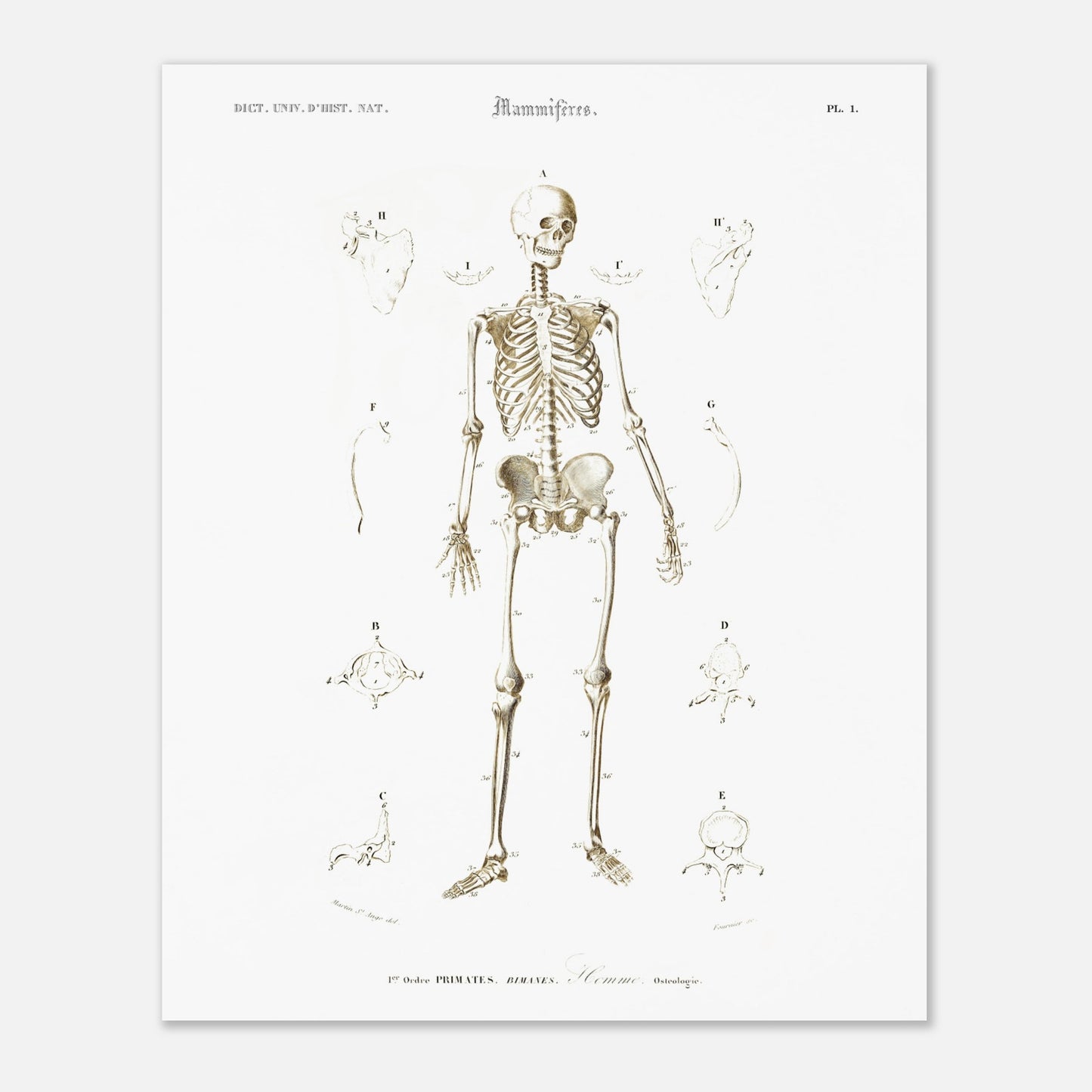
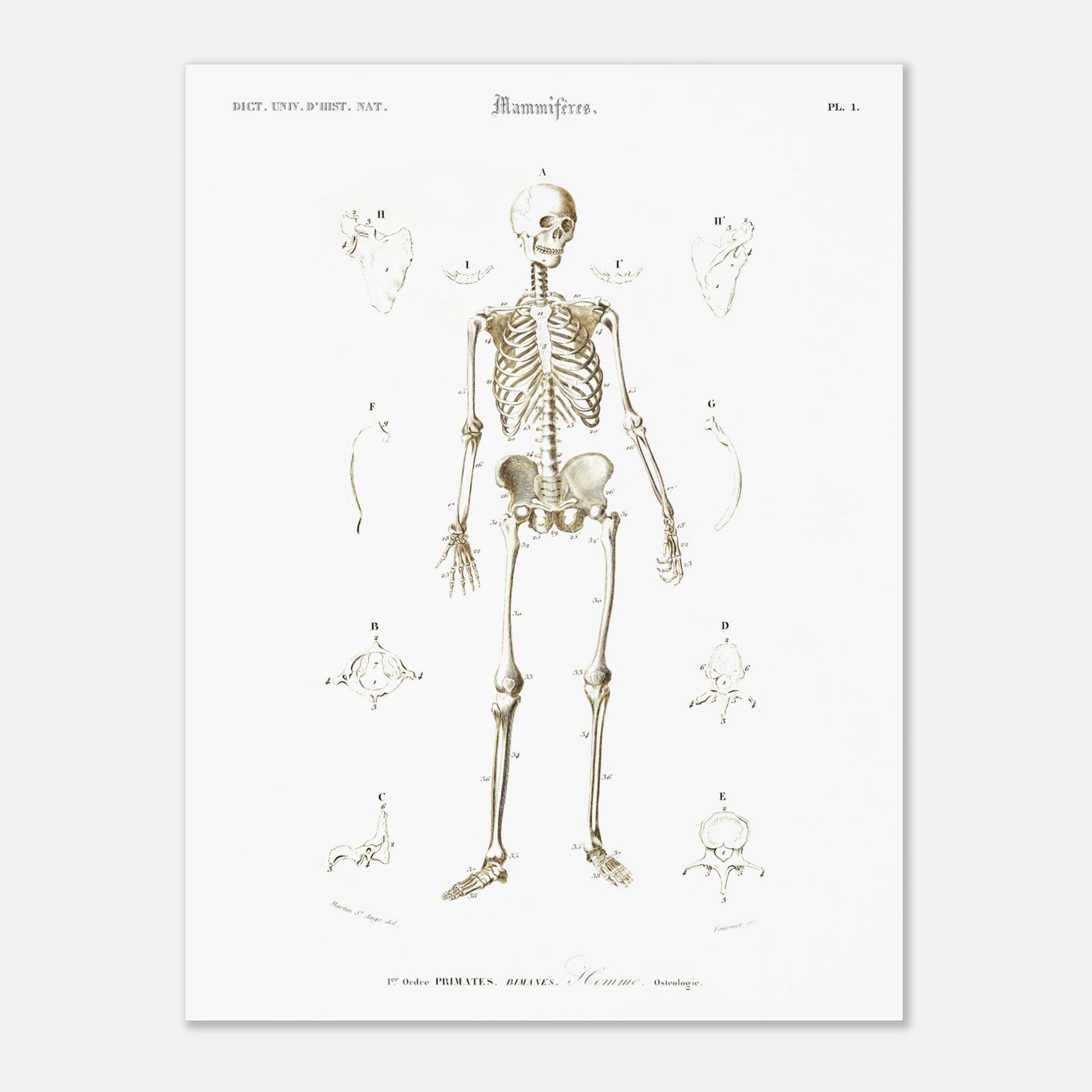
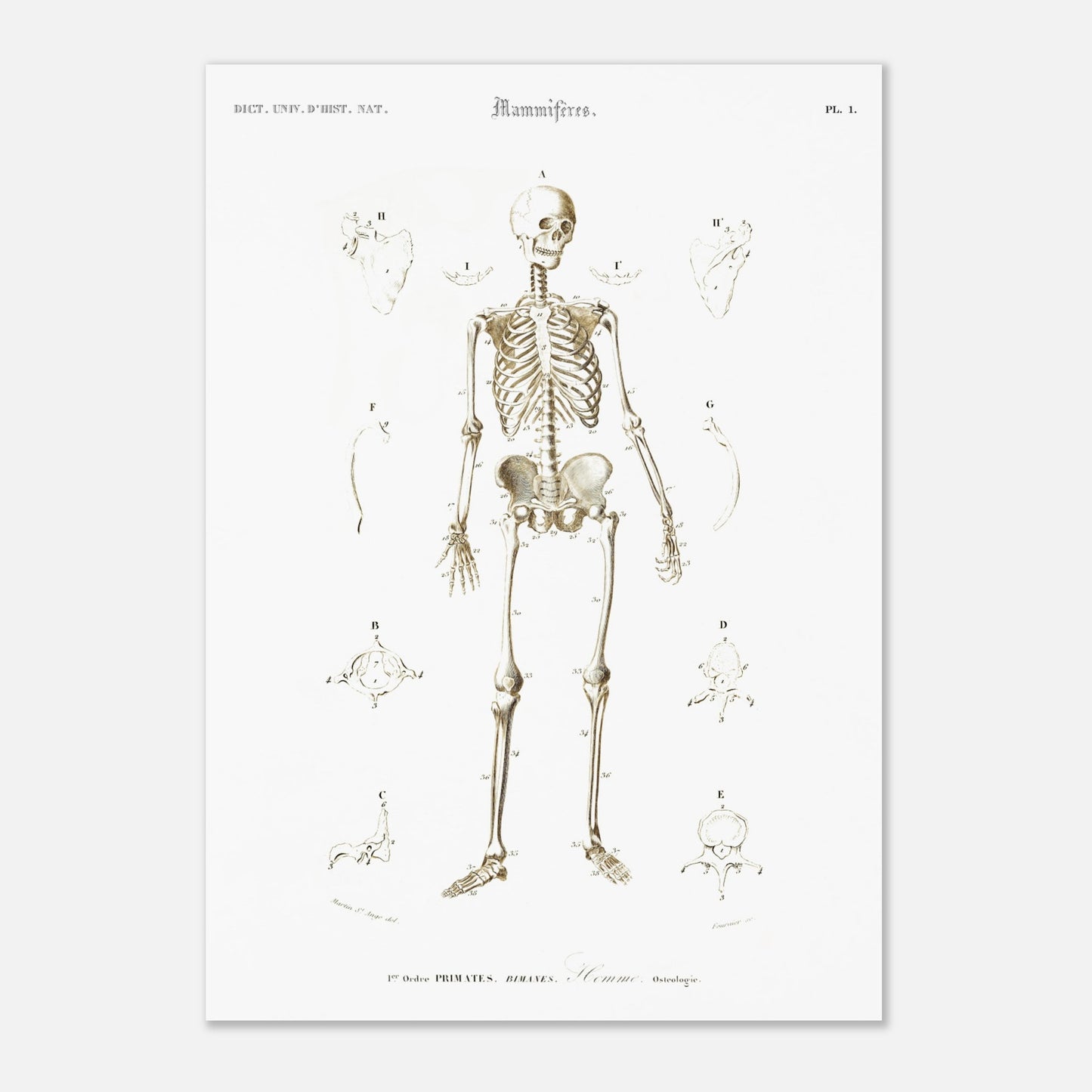
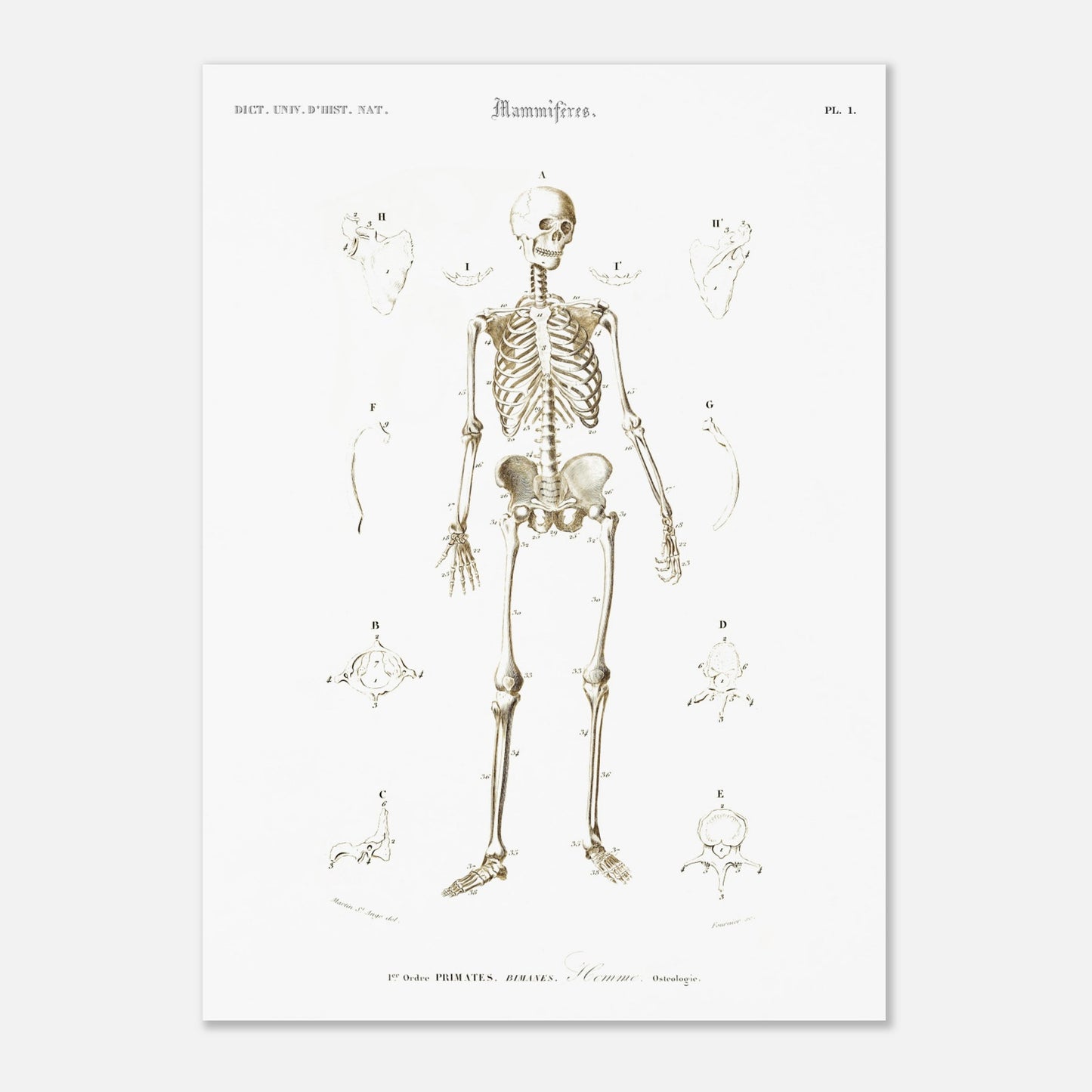
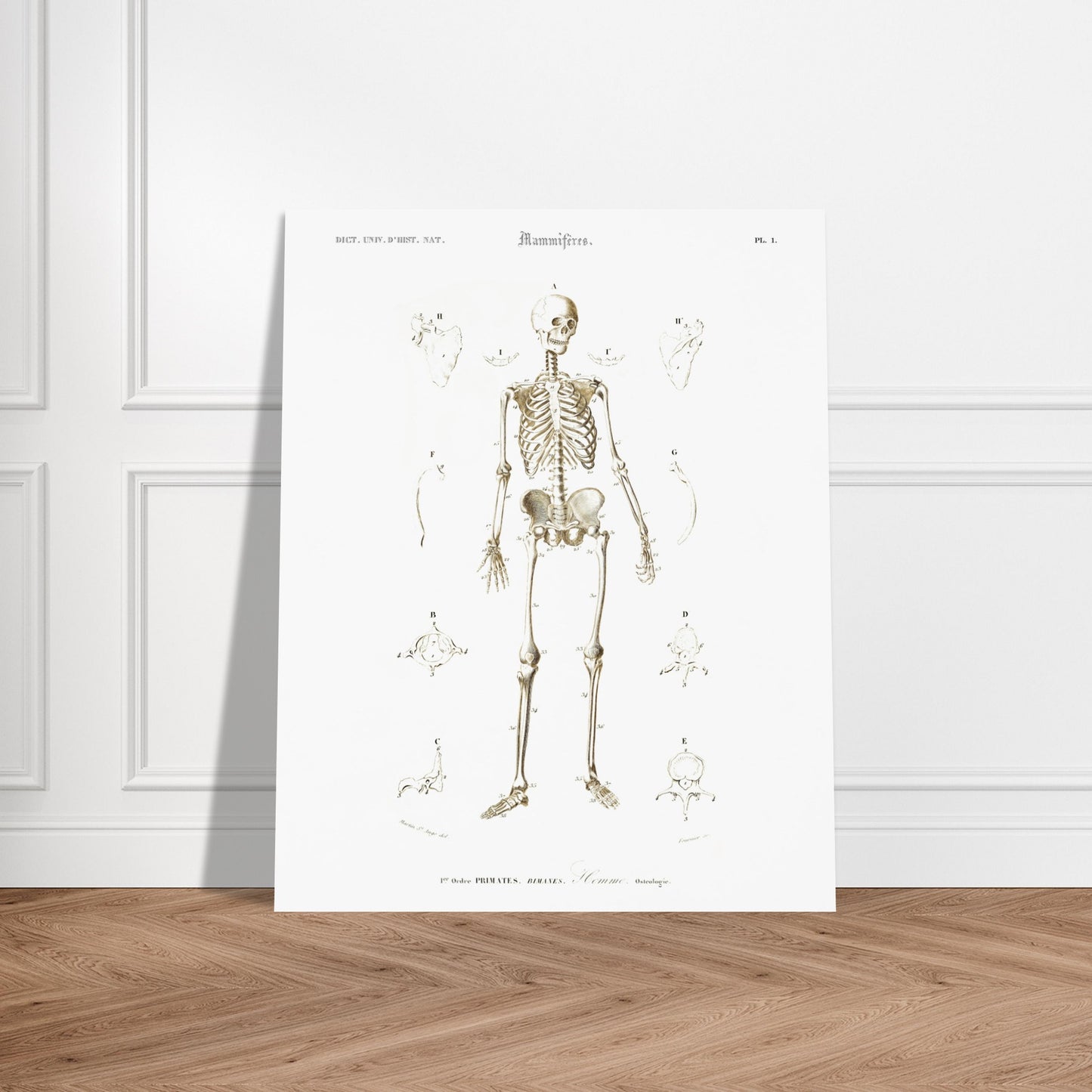
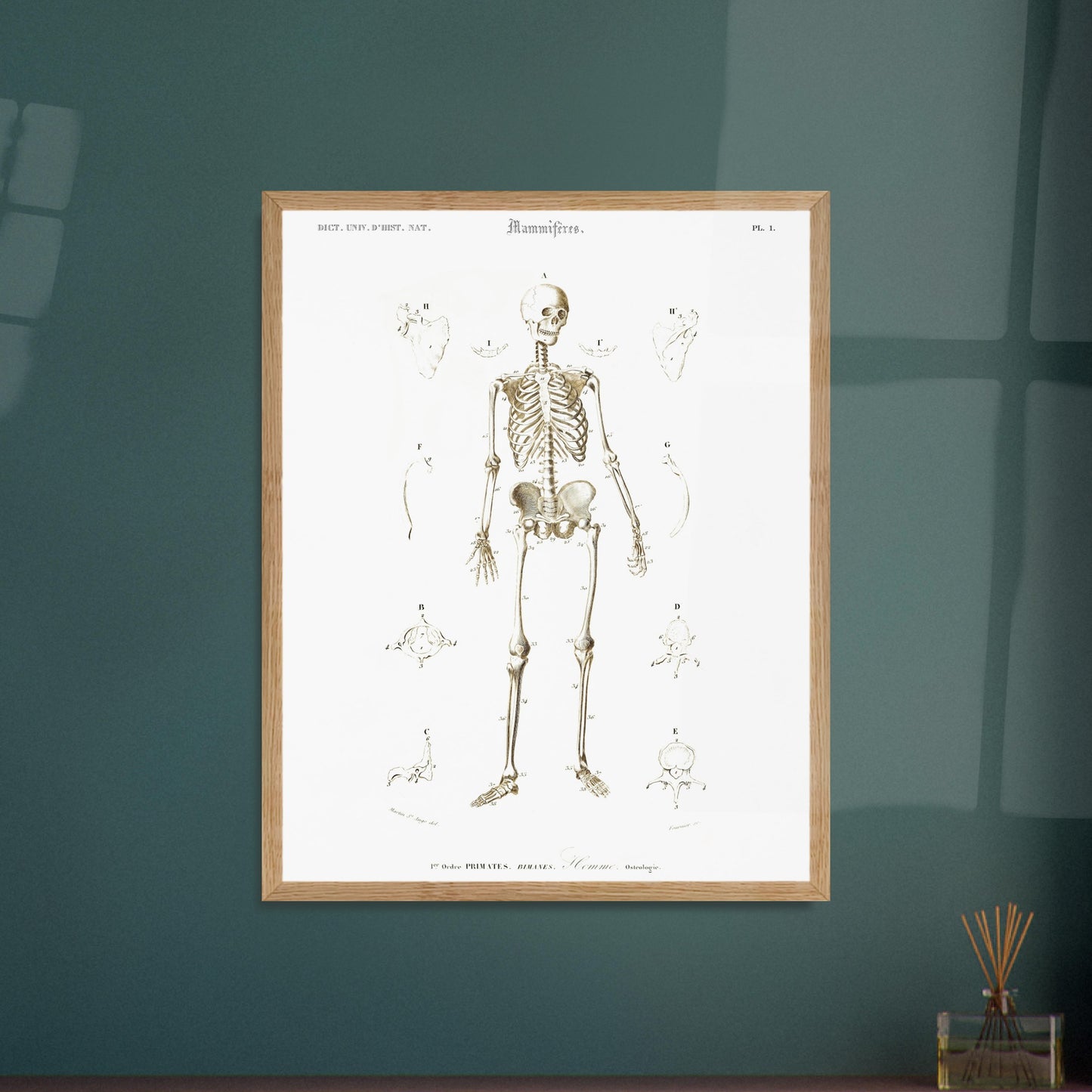
Recently viewed products
We are listening to you
If you are looking for a specific composition, a particular layout, or any other customization need, our team is at your disposal and will do everything possible to meet your requests.
So don't hesitate to...





